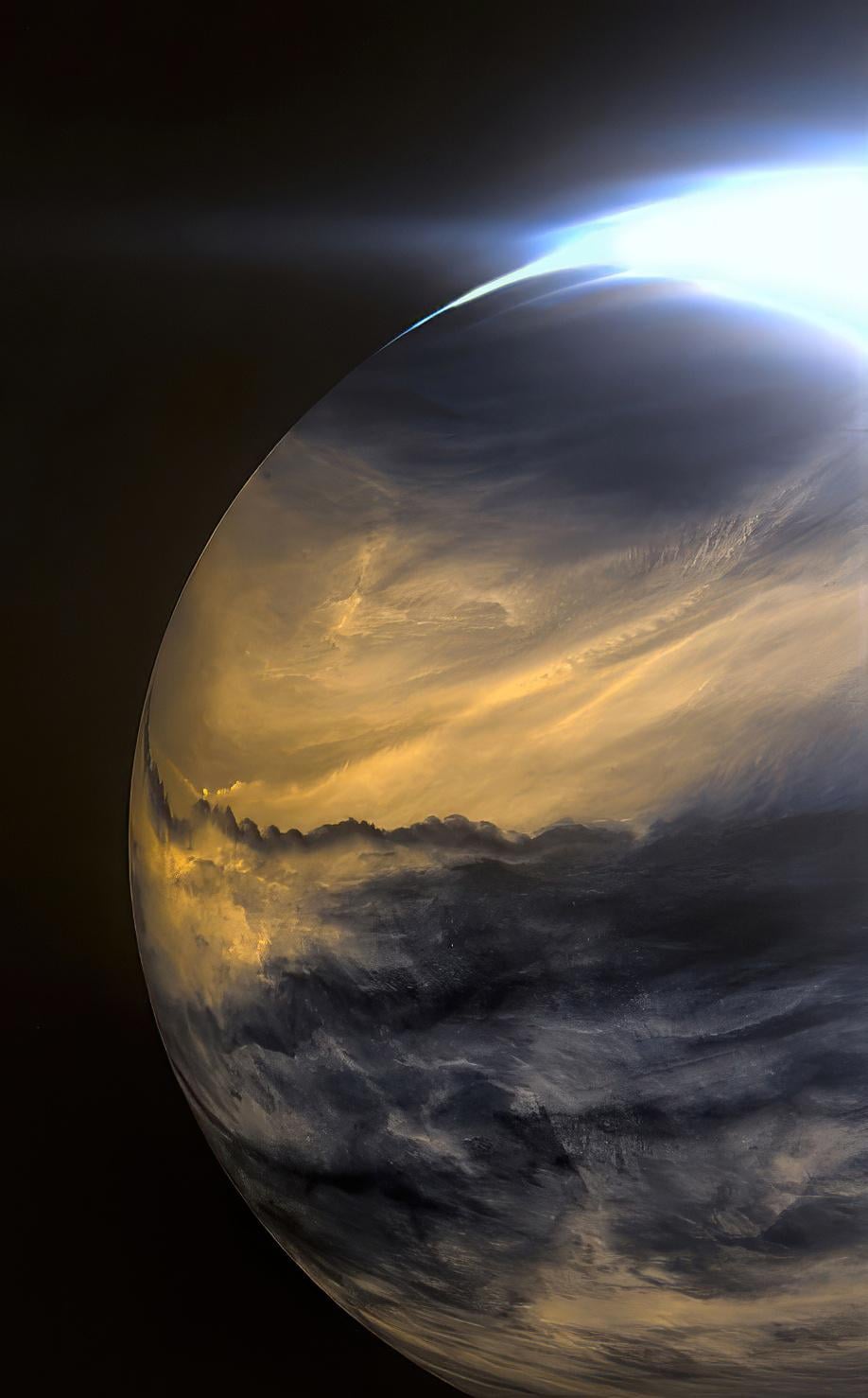Venus just lost its last active spacecraft, as Japan has officially declared the Akatsuki orbiter - which took the clearest ever picture of the planet, as seen below - dead
Venus just lost its last active spacecraft, as Japan has officially declared the Akatsuki orbiter - which took the clearest ever picture of the planet, as seen below - dead









